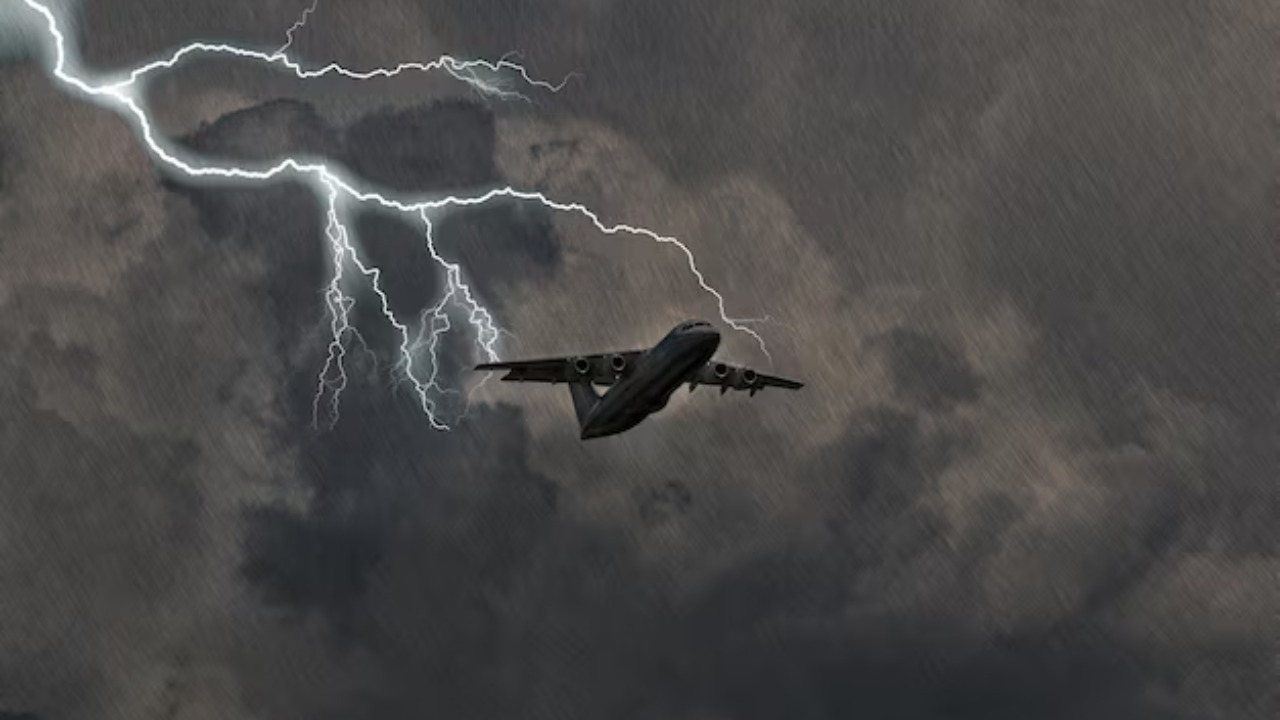
“`html Fighter jets are marvels of modern engineering, capable of incredible speeds and maneuvers. Yet, despite their advanced technology, these high-performance machines often struggle to perform optimally in adverse weather conditions. From aerodynamic challenges to technological limitations, several factors contribute to their difficulties in bad weather.
The Impact of Adverse Weather on Jet Performance
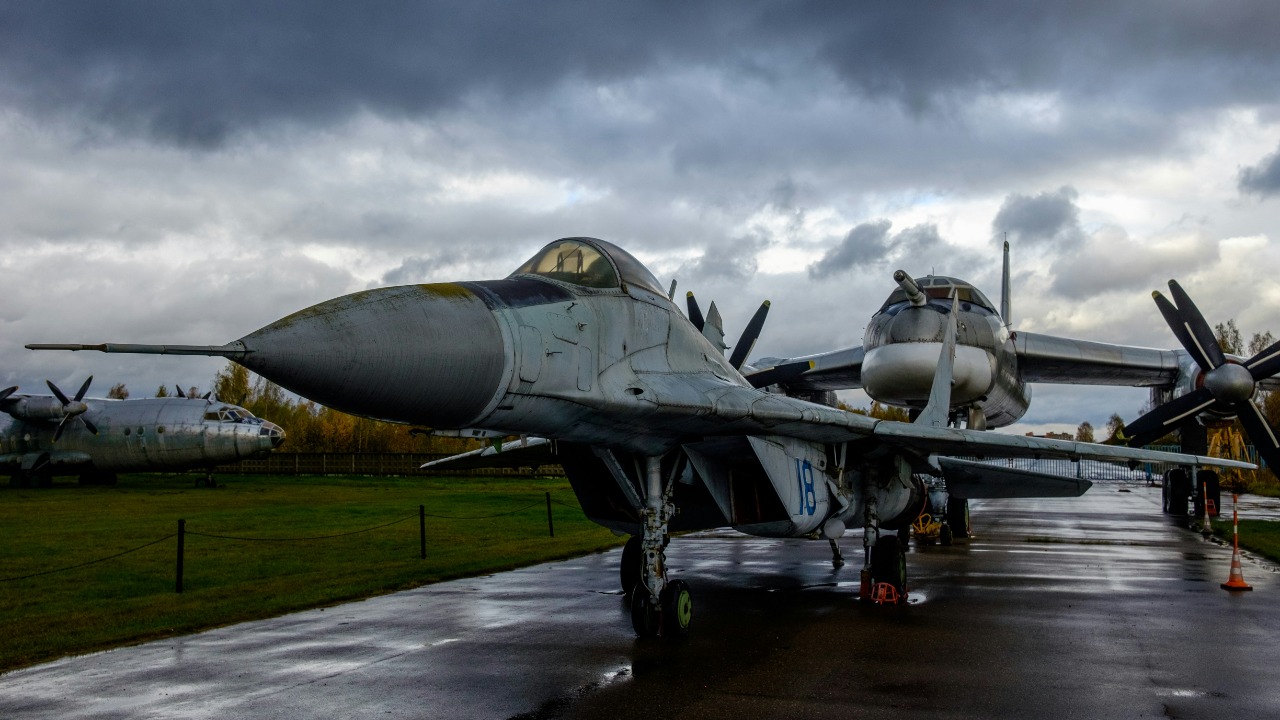
Aerodynamic Limitations
Weather conditions such as rain, snow, and ice can significantly disrupt the airflow over an aircraft’s surfaces, affecting both lift and control. When precipitation accumulates on the wings, it can alter the aerodynamic profile, potentially leading to a decrease in lift and an increase in drag. This can make handling more challenging and reduce the jet’s overall performance.
Moreover, ice formation on the aircraft’s surfaces poses a substantial risk. Ice can increase the weight of the jet and further disrupt airflow, leading to a loss of control. Fighter jets, despite their advanced de-icing systems, may still encounter difficulties in extreme conditions where ice accumulation outpaces the system’s capabilities.
Visibility Challenges
Visibility is a critical component of effective fighter jet operation. Adverse weather conditions such as clouds, fog, and heavy precipitation can severely reduce a pilot’s ability to see, making navigation and target acquisition difficult. In particular, storms pose a significant challenge by obscuring visual landmarks and causing disorientation.
Modern fighter jets are equipped with sophisticated instruments to assist in poor visibility, but these tools have limitations. For instance, radar systems can be affected by heavy rain or snow, reducing their effectiveness. Consequently, pilots must rely on their training and experience to navigate these challenging conditions safely.
Sensor and Equipment Malfunctions
Extreme weather can lead to malfunctions in critical onboard systems, including radar and communication devices. Moisture intrusion into sensitive electronics can cause short circuits or corrosion, leading to system failures. Additionally, severe weather conditions can disrupt the calibration of sensors, affecting their accuracy and reliability during missions.
Equipment malfunctions in the air can compromise the safety and effectiveness of operations. Pilots must be prepared to handle such malfunctions swiftly, often relying on backup systems or alternative methods to complete their missions successfully.
Technological Constraints and Limitations
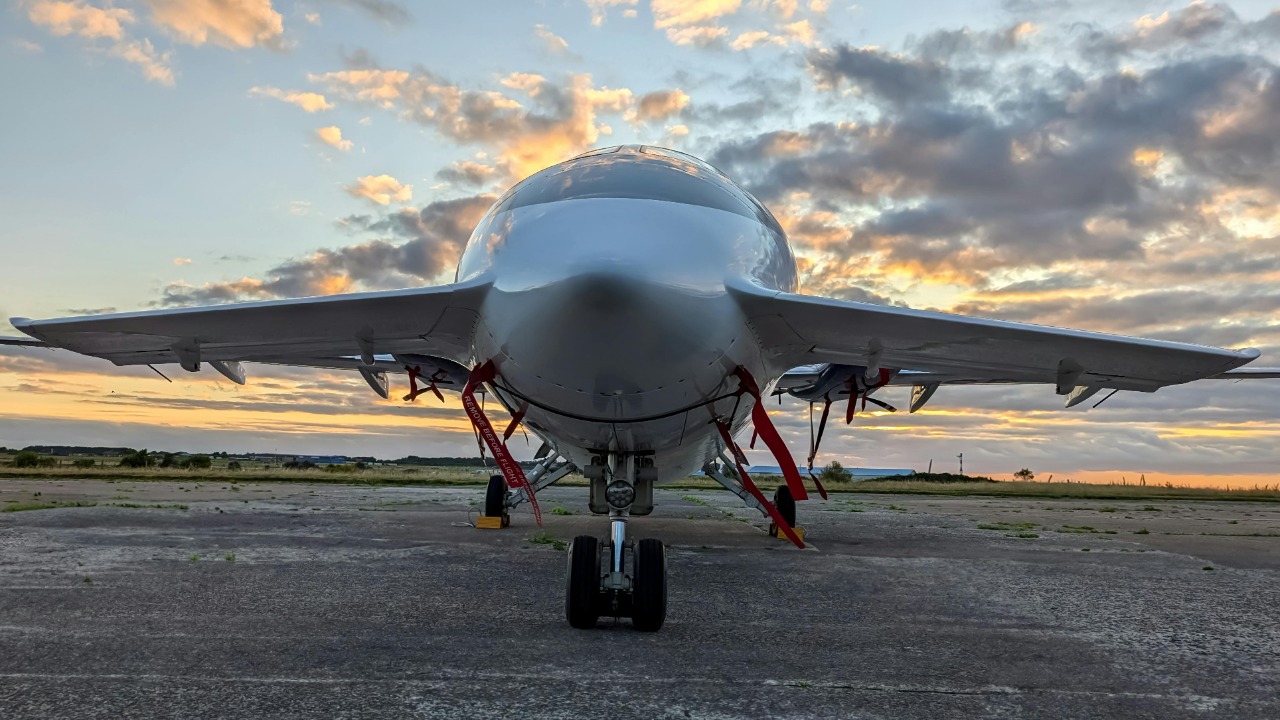
Dependence on Electronics
Fighter jets rely heavily on sophisticated electronic systems for navigation, targeting, and communication. However, these systems are susceptible to electromagnetic interference from storms, which can disrupt their functionality. Lightning strikes, for instance, can cause significant damage to electronic components, necessitating costly repairs and grounding the aircraft for extended periods.
Moreover, the increasing reliance on digital systems introduces vulnerabilities that traditional analog systems might not have faced. As technology evolves, efforts are being made to enhance the resilience of electronic systems to withstand the rigors of adverse weather conditions.
Weaponry and Payload Considerations
Weather conditions can significantly impact the deployment and accuracy of weapons systems and payloads. High winds, for instance, can alter the trajectory of missiles or bombs, reducing their effectiveness. Additionally, moisture and temperature fluctuations can affect the performance of ammunition and other ordnance components.
Pilots and ground crews must account for these variables when planning missions, adjusting their strategies to mitigate the impact of weather on weapon systems. Failure to do so can result in mission failures or unintended collateral damage.
Structural Stress and Material Fatigue
Flying in turbulent conditions imposes significant stress on an aircraft’s structure, leading to potential material fatigue over time. The constant buffeting by wind and turbulence can cause wear and tear on the aircraft’s frame, potentially leading to structural failures if not addressed promptly.
Regular maintenance and inspections are crucial to identifying and rectifying any signs of material fatigue. However, the challenges posed by adverse weather can exacerbate these issues, necessitating more frequent checks and repairs.
Operational Challenges in Adverse Conditions
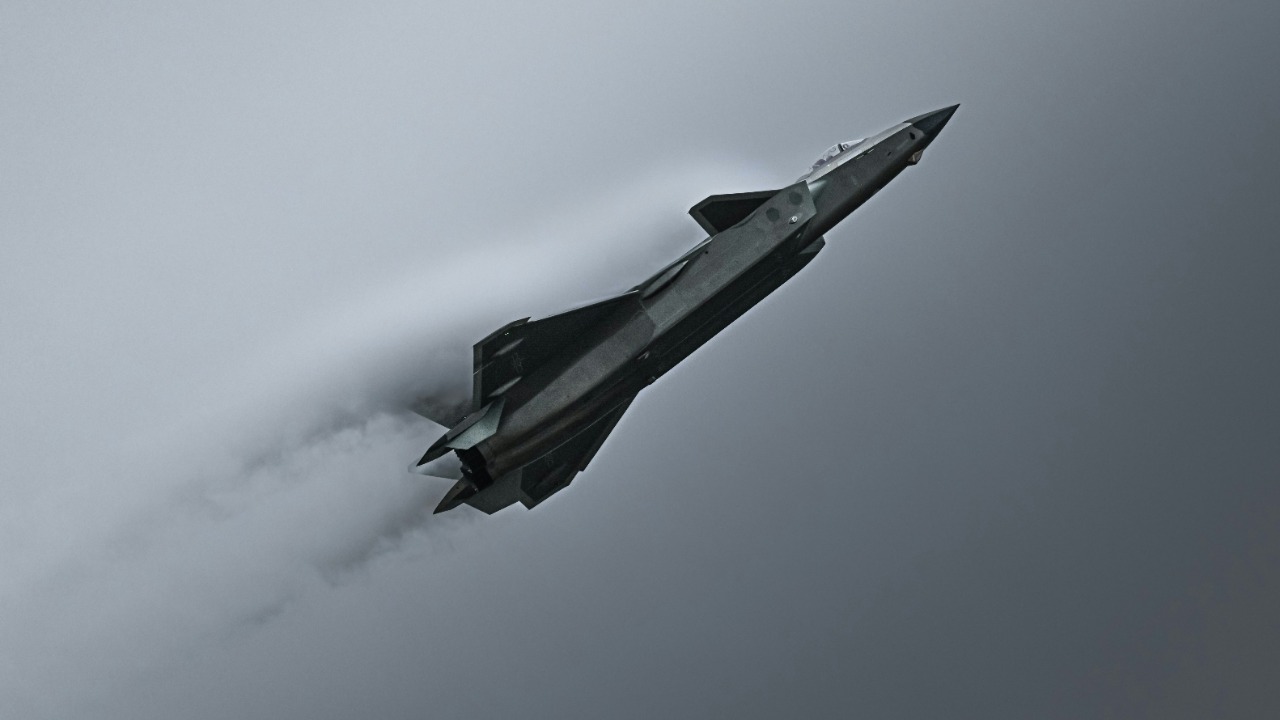
Decision-Making and Human Factors
Adverse weather increases the cognitive load on pilots, impacting their decision-making and response times. In high-pressure environments, pilots must process vast amounts of information rapidly while dealing with the physical demands of flying in turbulent conditions. This can lead to increased stress and fatigue, affecting their performance and situational awareness.
Pilots undergo extensive training to handle such scenarios, yet the unpredictable nature of weather can present unforeseen challenges. Continuous training and support are essential to ensure pilots are prepared to manage these conditions effectively.
Limited Training Simulations
Training pilots to operate in adverse weather conditions is complex, as simulations may not fully replicate real-world scenarios. While advancements in simulation technology are improving, there remain limitations in accurately depicting the unpredictability and variability of weather conditions.
Enhancements in simulation capabilities are needed to better prepare pilots for these challenges. Comprehensive training programs that incorporate the latest technologies and methodologies can help bridge the gap between simulation and reality.
Logistical Issues
Operating and maintaining fighter jets in regions frequently affected by poor weather poses significant logistical challenges. Ensuring the availability of necessary resources, such as spare parts and maintenance facilities, is crucial to minimizing downtime and maintaining operational readiness.
Weather conditions can also impact the availability of airfields and support infrastructure, further complicating logistics. Effective planning and coordination are essential to address these challenges and ensure that operations can continue smoothly despite adverse weather.
Case Studies and Historical Incidents

Notable Incidents
There have been numerous incidents where fighter jets were grounded or experienced difficulties due to adverse weather. One such example is the F-35 incident in Thiruvananthapuram, where a British fighter jet was stranded for 22 days due to bad weather conditions. Such incidents highlight the vulnerabilities faced by modern aircraft and the need for effective contingency plans.
Lessons Learned
These incidents provide valuable lessons for air forces around the world. They underscore the importance of robust operational protocols and contingency planning to mitigate the risks posed by adverse weather. By analyzing past incidents, military organizations can identify areas for improvement and implement strategies to enhance their resilience against weather-related challenges.
Comparative Analysis
Different air forces have adopted various strategies to mitigate the risks associated with bad weather. Some have invested in advanced weather prediction technologies, while others have focused on enhancing pilot training and aircraft design. By examining these approaches, valuable insights can be gained into the most effective methods for overcoming the challenges posed by adverse weather.
Future Innovations and Solutions
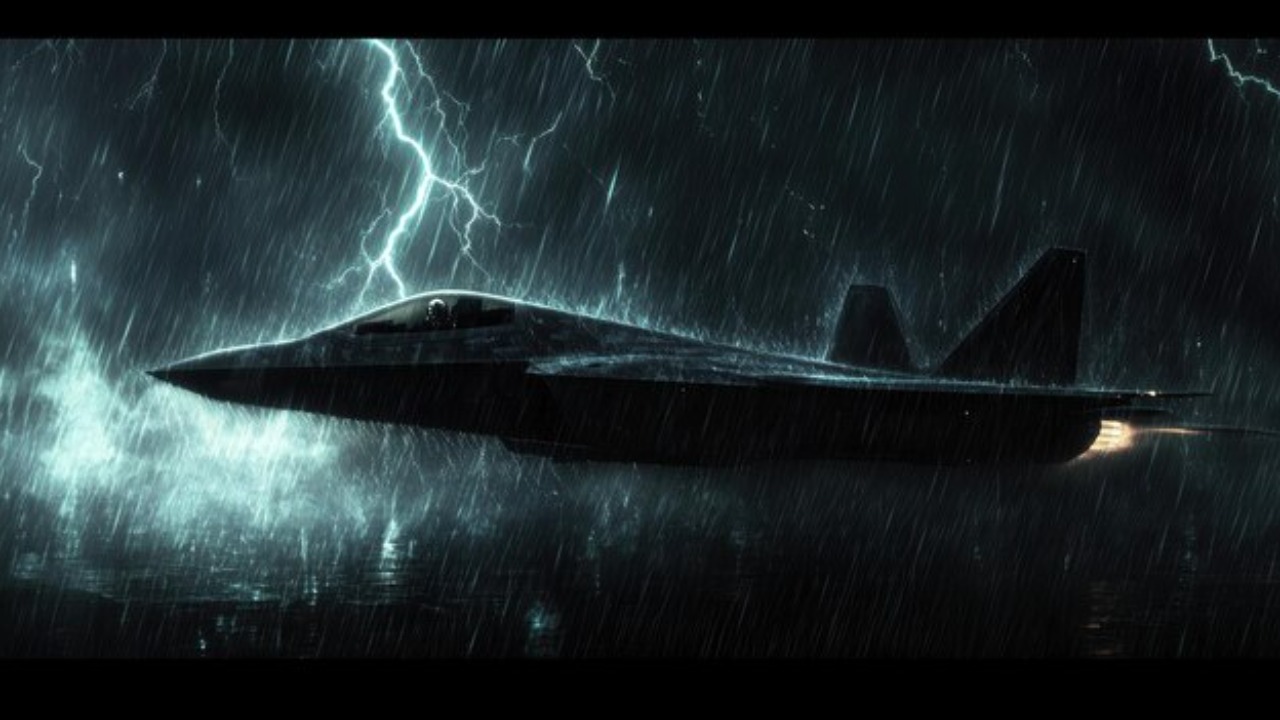
Advancements in Weather Prediction
Improved meteorological tools and forecasting technologies are critical to better preparing for adverse weather conditions. By providing more accurate and timely weather data, these advancements can aid in planning and decision-making, helping pilots and ground crews make informed choices about mission execution.
Enhanced Aircraft Design
Ongoing research and development efforts are focused on creating more weather-resilient fighter jets. Innovations in materials and aerodynamics are being explored to enhance performance and durability in challenging weather. These advancements will contribute to improving the overall effectiveness and reliability of fighter jets in adverse conditions.
Training and Simulation Improvements
As simulation technology continues to evolve, there is potential for more realistic and comprehensive training programs. By incorporating the latest advancements in virtual reality and artificial intelligence, pilots can be better prepared for the complexities of flying in adverse weather. These improvements will play a crucial role in enhancing pilot readiness and response capabilities.